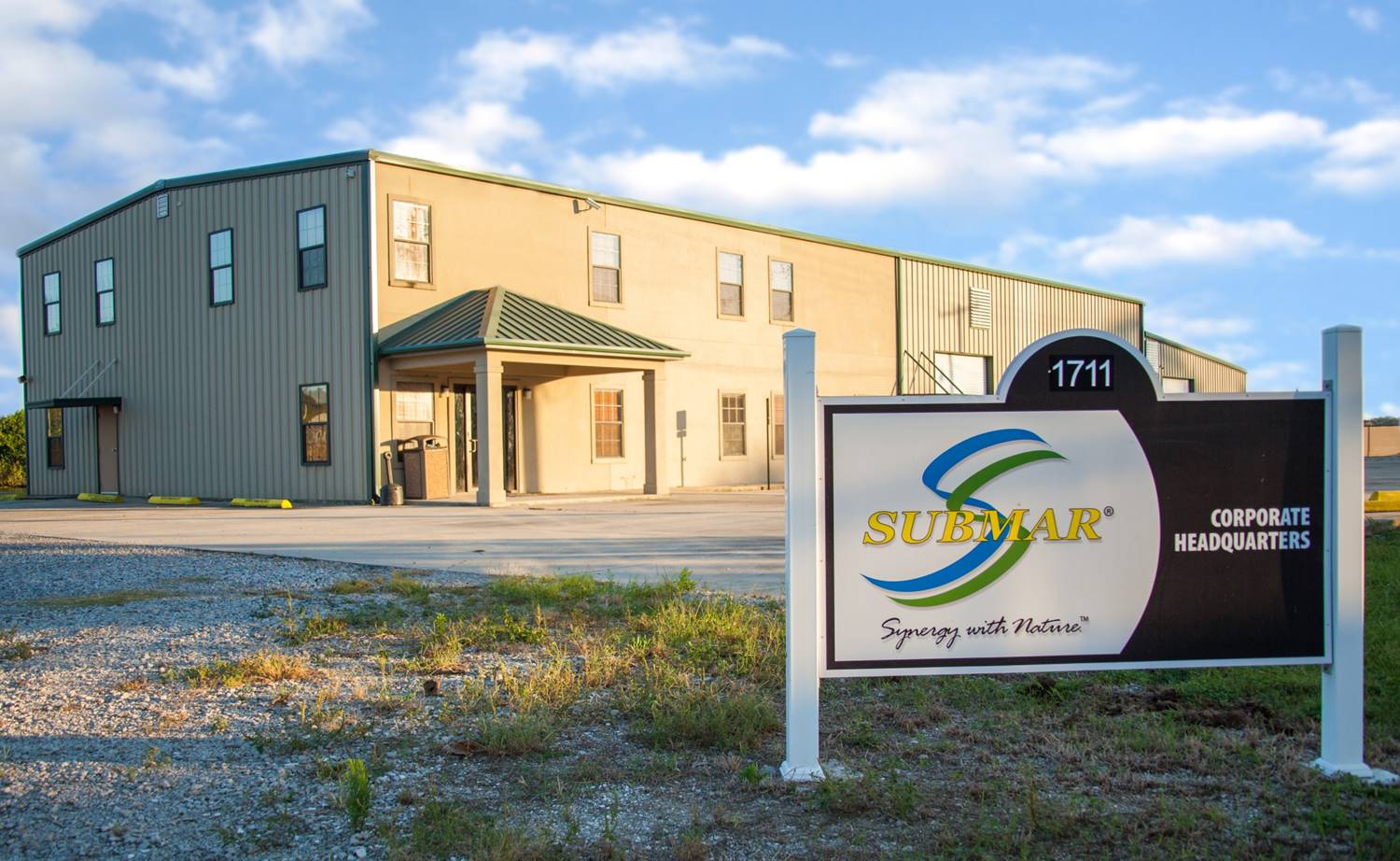Submar, Inc., is the industry leader in pipeline erosion control. Twenty-five years ago, the company moved its corporate headquarters to Houma, a bustling community located in southern Louisiana just 40 miles from the coast.
Early History
Both French and Spanish colonists settled the area in the late eighteenth century, migrating south through Bayou Lafourche and deciding to make Houma their home. Many of Houma’s original settlers were Acadians expelled from Britain during the Seven Years War. They had been deported because they did not declare an oath to the British King. Of the 15,000 Acadians expelled by the British, approximately twenty percent settled in Houma.
The Birth of a Unique Cajun Culture
Houma immediately proved to be unique because of the different settlers who called Houma their home: Spanish colonists, French colonists, Acadian settlers, and Native Americans. Each brought drastically different cultures, recipes, and religious beliefs to the area. Houma turned into a melting pot of these cultures, each assimilating with one another. From here, Cajun culture was born.
Cajun culture has managed to preserve itself over the years because the area of Houma was somewhat isolated from the rest of Louisiana for decades. Things that make up Cajun culture include:
• The French language
• The celebration of Mardi Gras
• One-of-a-kind foods and spices
New Settlers Enter the Area
In the early 1970s, Vietnam was in the middle of a Communist takeover. Many people fled from South Vietnam, seeking refuge in other countries. One of the areas in which they found shelter was Houma. Houma was an attractive destination because a vast majority of the workers in the area are shrimpers. The Vietnamese people seeking refuge had worked as shrimpers at home, so this made for a natural transition.
Things to Do and See
If you are planning a visit to Submar’s headquarters in Houma, you will enjoy a town with a unique history and culture. The federal government has designated downtown Houma as a historic district, meaning you will see it in the National Register of Historic Places. Travelers will find access to:
• The Folklife Culture Center
• The Bayou Terrebonne Waterlife Museum
• The Houma-Terrebonne Civic Center
• Monuments to local armed forces
• Downtown walking tours
For more ideas, read some of our other posts or contact us: https://submar.com/contact/


